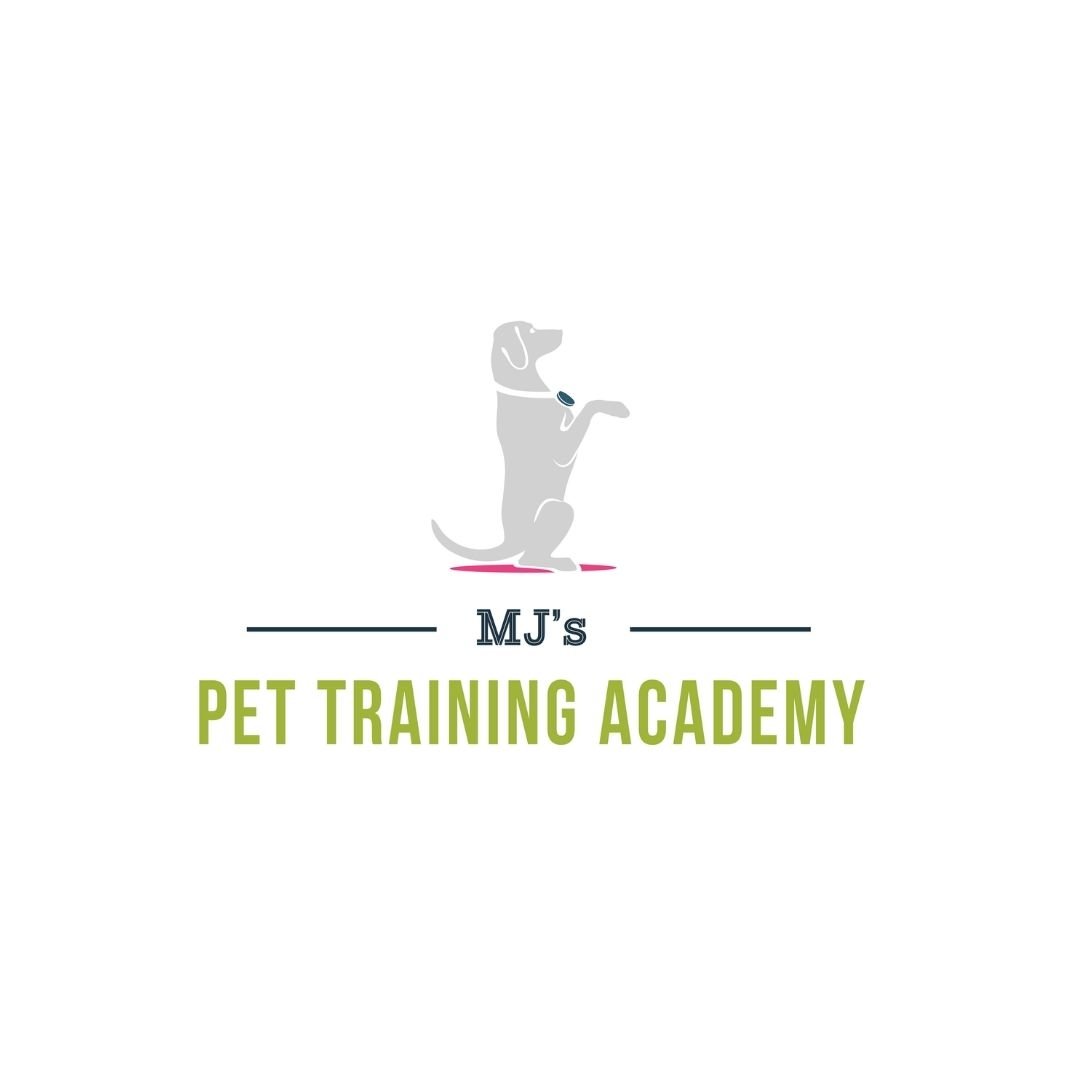Should You Free Feed Your Dog? A Trainer’s Take
Should You Free Feed Your Dog? A Trainer’s Take
While nutritional guidance such as how much to feed your dog and when should always come from your veterinarian, there's one question that often comes up in dog training:
Can I leave my dog’s food out all of the time?
Some dogs gobble up their food the moment it’s served. Others graze slowly throughout the day. If your dog is a grazer and at a healthy weight, it’s natural to wonder: Is it better to let them eat when they’re hungry?
Ask most dog trainers, and they’ll say no to free feeding, and they have their reasons.
Why Most Trainers Recommend Scheduled Feeding
When your dog doesn’t eat on a set schedule, potty habits can become unpredictable. This is especially tricky during puppyhood, when you're trying to get house training right. Puppies typically eliminate within 10 to 20 minutes after eating, so having consistent mealtimes can really help set a reliable potty routine.
Scheduled feeding also makes it easier to measure your dog’s food, especially if you use some of it for training. Let’s say you’re teaching a new behavior with a high rate of reinforcement, you might go through 20% of one cup of food in a few quick sessions. Using your dog’s regular kibble for this can help maintain balance in their diet without overfeeding.
Some believe that dogs with 24/7 access to food won’t work for it in training. I can’t say I always agree with this. I’ve worked with plenty of free-fed dogs who still eagerly work for their kibble or treats when the training is engaging. The problem is, it can be difficult to balance your dog’s food intake if you don’t know how much they are eating from the bowl throughout the day.
What’s Not Okay: Using Hunger as a Training Tool
It’s important to say this clearly: You should never restrict food just to make your dog more motivated in training. An overly hungry dog is often too stressed or unfocused to absorb new information. Training should be based on trust and engagement, not desperation.
The Case for Scheduled Feeding
There are benefits to feeding on a schedule beyond predictability and portion control. Mealtime can be enrichment. You can feed your dog from puzzle toys or Freezbones, practice a few training cues, or scatter kibble around the yard for a sniff-and-search game. These routines offer more than nutrition, they’re reminders to weave training and problem-solving into your daily rhythm.
At MJ’s Pet Training Academy, we’re all about building small habits that lead to big changes. Every feeding, every training moment, every bit of enrichment; it’s part of a lifestyle that helps dogs succeed.
So… Can You Free Feed?
The most important thing to do is to discuss the pros and cons of scheduled feeding times with your veterinarian if you are unsure.
That said, if you’re planning to switch from free feeding to scheduled meals, do it gradually. Give your dog time to adjust.
No matter what method you choose, the goal remains the same: a healthy, happy, well-adjusted dog and a training lifestyle that supports them every step of the way.
🍽️ MJ’s Favorite Mealtime Routines:
- Outdoor picnics: Enjoying meals outside with fresh air and space.
- Find it game: Meals hidden in containers around the yard.
- Follow the trail: A fun indoor trail of kibble to sniff and follow.
- Frozen treats: Meals blended and frozen in a Freezbone or similar toy.
- Training time: Incorporating a bit of training into regular meals.
Note: Whether it's a traditional bowl or an enrichment activity, I always ensure each dog gets to eat in peace. Multiple dogs should never feel the need to compete during mealtime.
